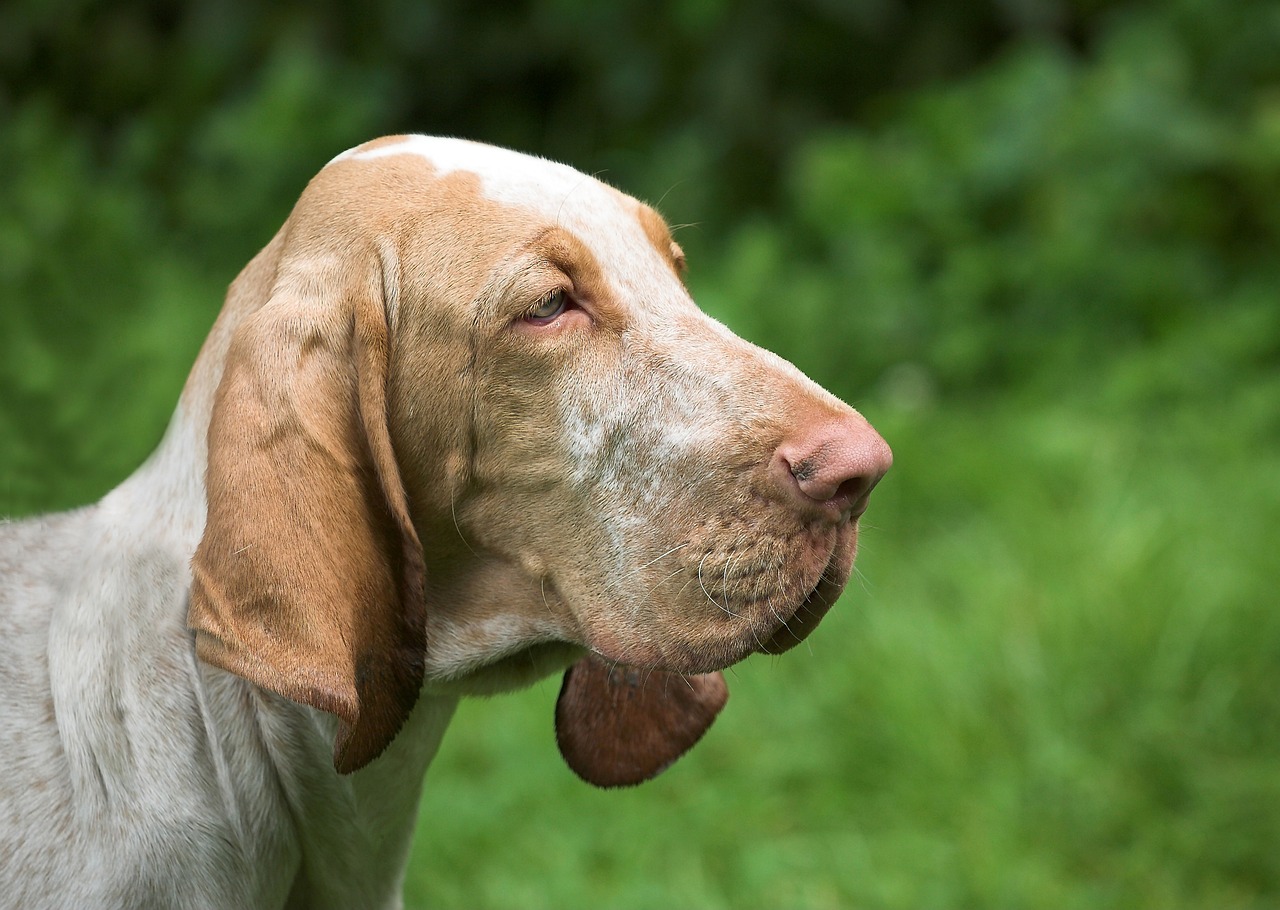
The same goes for dogs: They’re not always in the mood to touch. Just as some people prefer to rub their heads instead of scratching their backs, certain dogs like to have their chins scratched rather than a full back pat. To pet a dog that will love it, you must respect the individuality of the dog and read its body language.
Jonathan P. Klein is a Los Angeles-based behavior consultant and certified dog trainer. He says, “I don’t believe we ask this question enough.” The key to developing a relationship is for the dog to trust you. You can’t alter first impressions.
Before you pat a dog, take a moment to consider the following tips.
The Best Places to Pet a Dog
Klein says that different dogs will have different tastes in terms of body parts. If a dog is normally docile, but lashes out at you when you pet a particular area, it could be because he has been injured or in pain due to an illness, or that he had an unpleasant experience in the past. If there is any sign of pain, check with your vet. Klein says that if the problem occurs suddenly, there is a greater chance of a medical reason.
Meghan E. Heron, the head of The Ohio State University Veterinary Medical Center’s Behavioral Medicine Clinic, says that you should pay attention to your dog’s signs.
She said that it can be difficult to determine whether a dog is reacting out of fear or pain. If the dog’s body language has become wiggly and then suddenly snaps or yells at a particular area, this could indicate that they are in pain.
Petting sensitivity can be caused by a variety of conditions, including ear infections, neck pain, and hip, back, or shoulder problems. Herron explained that some dogs may be uncomfortable when people touch their feet due to previous pain from nail trimming.
What to do when you pet a dog
Avoid making hand gestures that may appear threatening when approaching a stranger’s dog. Most people will reach up to touch the top of the head. This can be threatening for the dog as your hand is touching over their eyes. Klein says that petting the dog’s chin, chest or back is less threatening.
As a precaution, you can also put your finger behind the jawbone of a dog to prevent it from turning and biting. Klein says you should also approach the dog and let him smell it with your backhand. He said that dogs are aware of the fact that you cannot grab a dog with your backhand. The trick is to not threaten the dog.
Herron is of the opinion that dogs respond better to a more indirect method of petting. She suggests asking for the owner’s permission before petting the dog and then crouching by bending your knees instead of leaning over. Place your palm facing up on your leg and let the dog come to you. Scratch him on the sides, under the chin and chest if the dog is leaning in. Herron says that if the dog is leaning in, it’s fine to pet its sides and back. What if the dog turns over to show you its belly? Be careful. If you are not familiar with the dog, he isn’t asking for a stomach rub.
Herron explained that dogs will often roll over if strangers approach them. This is a sign of feeling intimidated. They need space.
Petting Dogs: Tips and Tricks
If you’ve just briefly petted a dog, let it decide whether he would like more.
Klein explained that if we pause after five seconds the dog will be able to make a decision. We can then see this choice. The important thing to do is watch the dog’s reaction. They can tell you what they think about your actions.
From head to toe, observe how your dog responds to the petting gestures. Herron explained that a wagging dog tail could indicate a dog’s readiness to engage in conversation, but it might not be a sign of a dog wanting to do so on a friendly basis. She said that you should look for a relaxed and loose body language, from the tail up.
Dogs who are uncomfortable being petted may turn or move away, show their teeth, start yawning and shivering like a wet dog, stiffen suddenly, duck the head, or lick the lips. Herron says to back off when a dog shows any of the signs. This includes if it is growling, showing teeth or yawning.
Klein explained that if the dog is frozen or staring at you or has furrowed eyebrows, wide-eyed, ears forward or backward, these are signs the dog does not like your approach.
Klein suggests that you tailor your petting style to the emotions of any given situation. You can calm a dog by gently stroking it, but if you’re trying to get him excited (to play with him or encourage him to retrieve something), you should give him energetic and playful pats.
Kids can use the same cautious approach to a stranger dog. Herron advised young children to kneel down and place their hands on their thighs, then let the dog lead.
She says to pet in the direction of the growth. Never hug, kiss or pet a dog on the top.